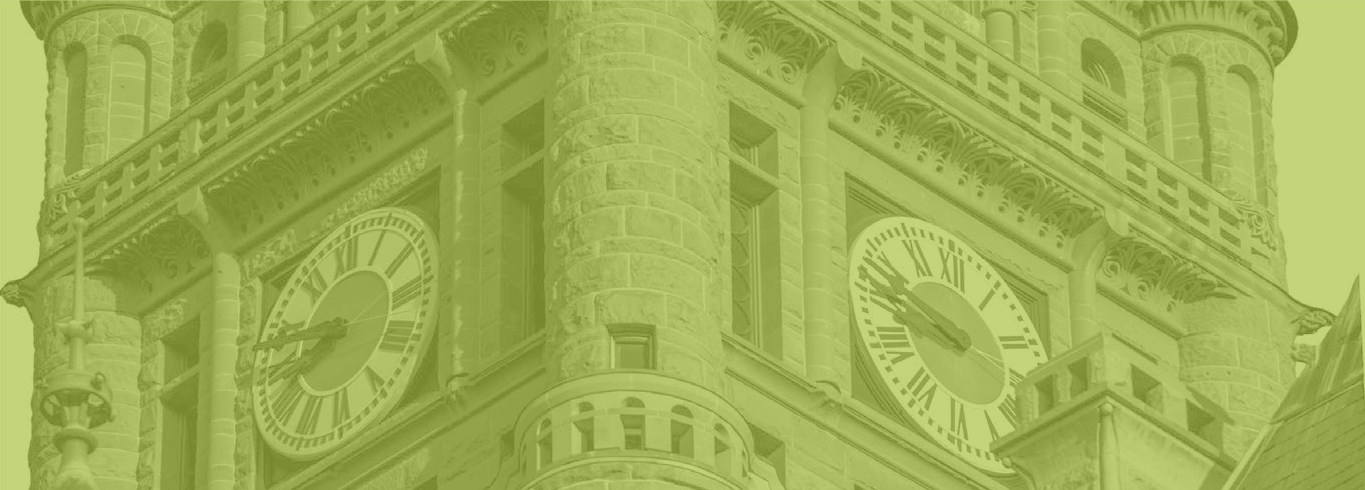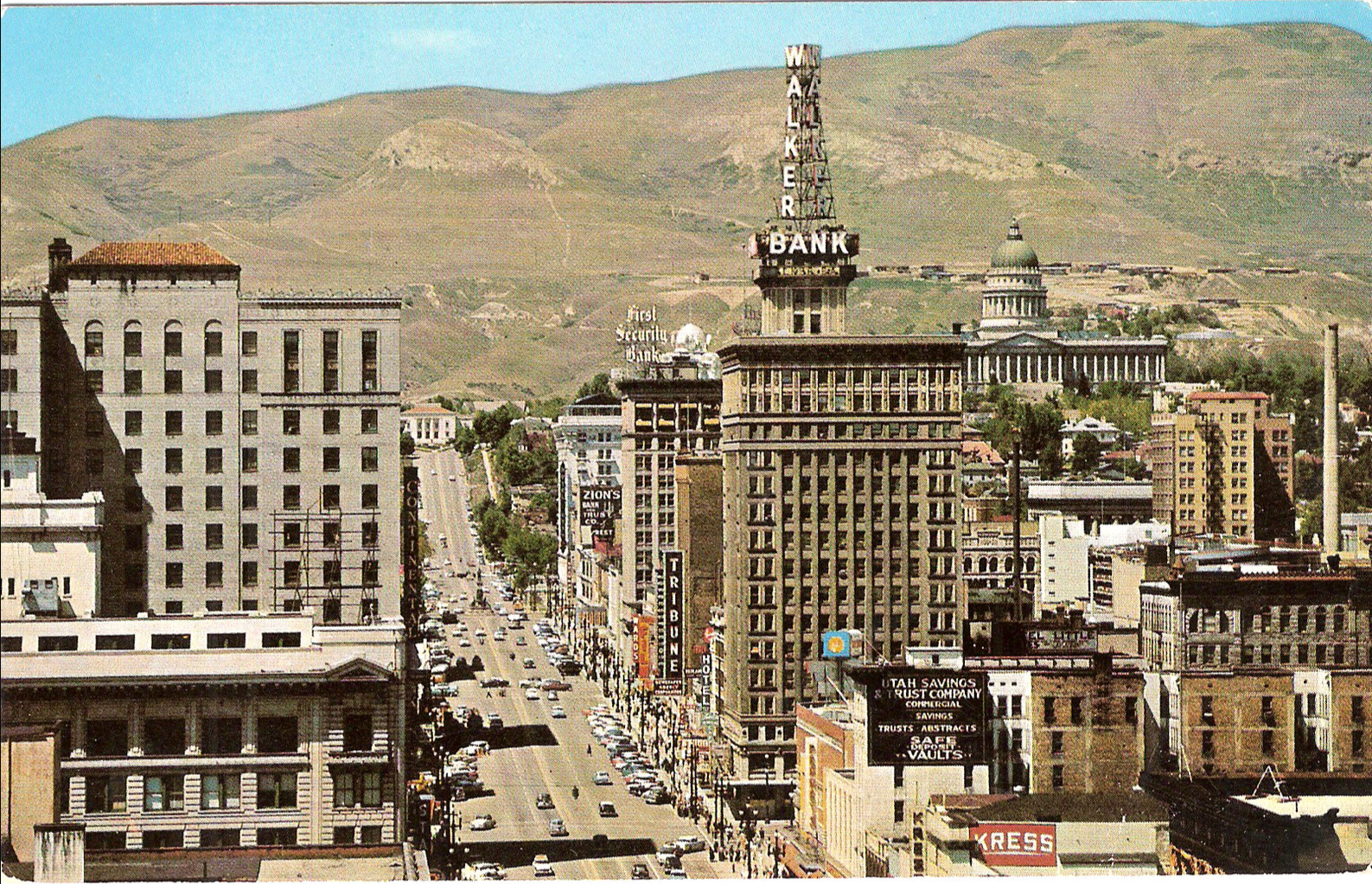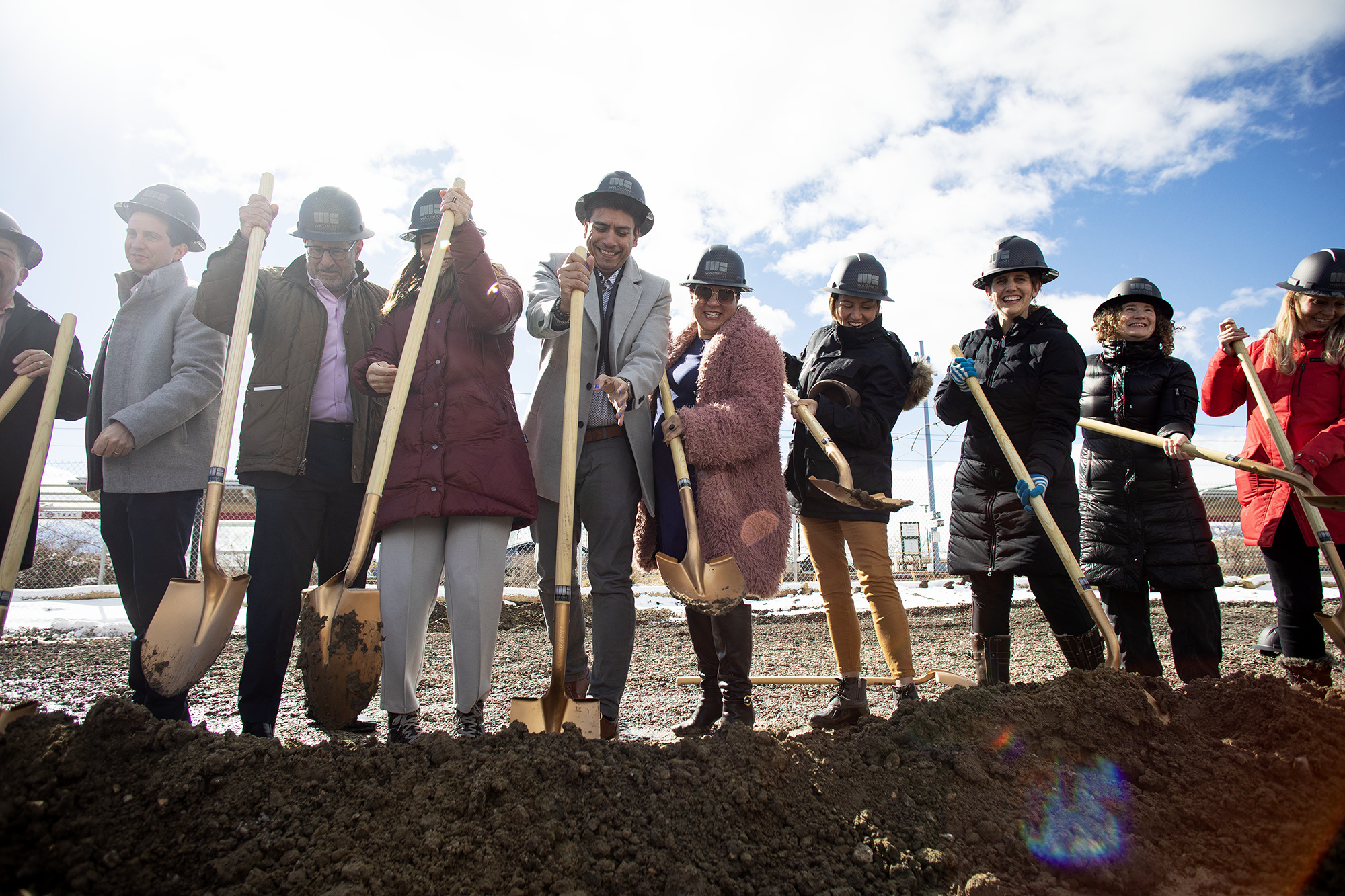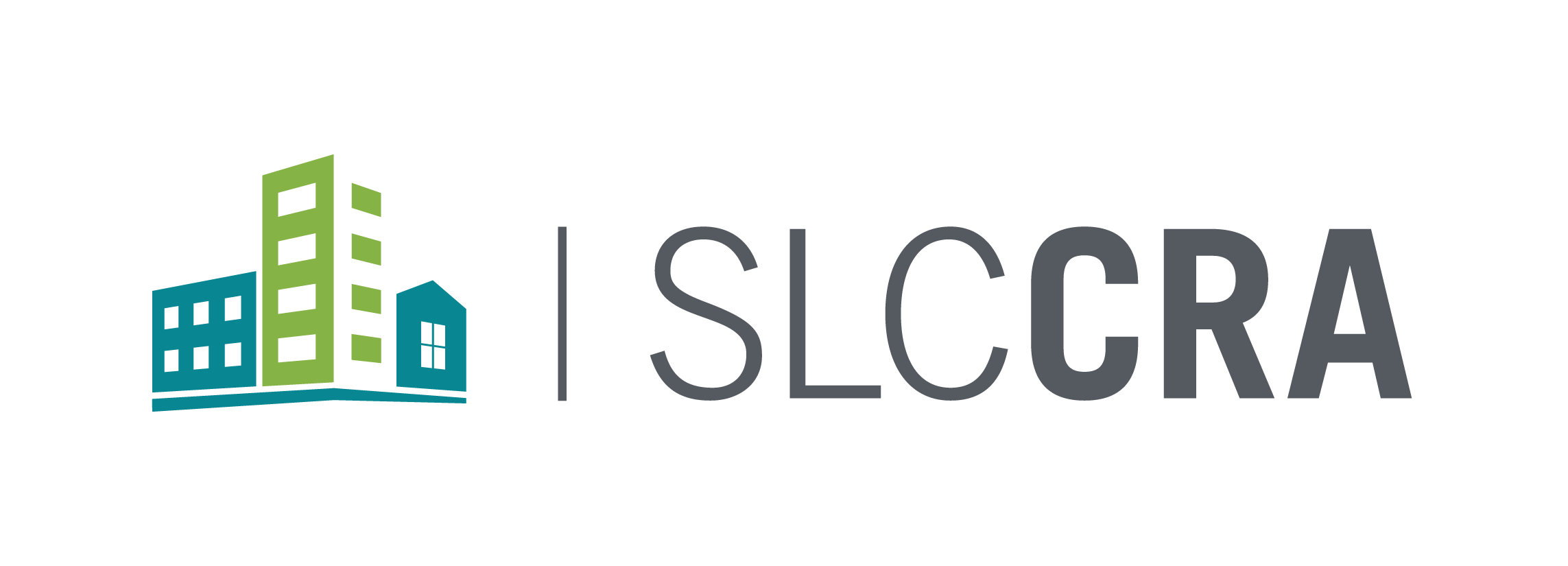
About Us
About the CRA
A “reinvestment agency” is an entity authorized by the State of Utah that implements the development goals of communities and is governed by state statute; There are more than 90 such agencies representing cities across Utah, with Salt Lake City’s being one of the oldest. For more than 50 years, the Salt Lake City Community Reinvestment Agency (CRA) has been investing in redevelopment projects and programs that shape communities and provide gap financing to encourage and leverage private sector investment.
Our History

The Redevelopment Agency of Salt Lake City (RDA) was established in the summer of 1969 to revitalize areas of Utah’s capital that had experienced disinvestment and neglect. At the time, redevelopment efforts were gaining momentum in major cities across the country. Salt Lake City joined this movement, aiming to improve infrastructure, preserve historic buildings, reduce crime, and create new housing and commercial opportunities.
Early efforts focused on transforming Downtown through public improvements and strategic development—laying the groundwork for today’s vibrant urban core. But as with many urban renewal strategies of the mid-20th century, some projects led to displacement and deepened inequities, especially for minority communities. We recognize that history and are committed to doing better.
Today, we’ve changed our name to be more reflective of the equity and inclusion are central to our mission. The CRA has expanded its impact citywide—creating project areas, supporting affordable housing, and investing in neighborhoods. From American Towers and The Gateway to community-focused projects in Sugar House, the Granary District, and Ballpark, the RDA has helped shape Salt Lake City into a more livable, resilient, and connected city.
To date, we’ve facilitated the construction of more than 10,000 housing units, invested over $170 million in public improvements, and completed hundreds of transformative projects. With every initiative, we remain focused on reinvestment, revitalization, and reconciliation.
Read more about the CRA’s history in our 50-year review.
Mission
It is our mission to strengthen neighborhoods and business districts to improve livability, create economic opportunity, and foster authentic, equitable communities.
We serve as a catalyst for strategic development projects that enhance the City’s housing opportunities, commercial vitality, public spaces, and environmental sustainability.

Values
Economic Opportunity
Equity and Inclusion
Neighborhood Vibrancy
Livability Benchmarks
Adhering to our mission and values, we are further inspired to provide public benefits within our projects through a set of Livability Benchmarks that align with our core values of Economic Opportunity, Equity & Inclusion, and Neighborhood Vibrancy.
We use the following benchmarks to evaluate and prioritize projects requesting CRA participation:
Economic Opportunity Benchmarks
Leveraging | To promote the leveraging of non-CRA/City sources of funding and maximize private investment.
Timeliness | To support projects that have a reasonable timeframe for completion.
Return on Investment | To promote the return on CRA resources, thereby enabling resources to extend further into the community.
Permanent Job Creation | To promote balanced neighborhood economies that produce quality jobs.
Affordable Commercial Spaces | To decrease the displacement risk of existing community businesses and reduce the barriers of entry for new, underrepresented business and service types, particularly locally-owned and independent businesses and non-profits that promote neighborhood identity, economic vitality, and local economic multipliers.
Ownership | To encourage the creation of opportunities for residents/business owners to build wealth and establish permanent roots through affordable home/commercial ownership.
Equity & Inclusion Benchmarks
Transportation Opportunities | To promote a multimodal transportation network that ensures convenient and equitable access to a variety of transportation options.
Mixed-income neighborhoods: To promote mixed-income developments, economically integrated communities, and housing opportunities for low-income residents.
Neighborhood Safety | To reduce the number of vacant and distressed buildings and lots, decrease crime, and return the land to productive use.
Community Engagement + Support | To provide a more robust platform that enables community members to inform and influence development projects during initial planning stages and preserve cultural heritage.
Housing for Everyone | To promote housing for families and underserved populations.
Displacement Mitigation | To mitigate the displacement of current residents and residents with generational ties to the neighborhood while providing opportunities for those who have already been displaced to return.
Affordable Housing Preservation | To preserve existing affordable housing.
Neighborhood Vibrancy Benchmarks
Public Space | To promote community amenities that provide opportunities for social interaction; support cultural events; promote neighborhood identity; and reinforce neighborhood character.
Public Art | To promote cultural expression that adds to the experience and value of the built environment through art that is publicly visible and accessible for all to experience.
Architecture + Urban Design | To promote high-quality architecture that enhances the public realm strengthens the neighborhood’s unique character and uses enduring materials.
Sustainability | To promote a built environment that protects resources and promotes greater resiliency.
Walkability | To promote walkable neighborhoods and connectivity that supports a safe and engaging pedestrian experience.
Building Preservation, Rehabilitation, or Adaptive Reuse | To acknowledge a neighborhood’s history and maintain its unique character through preservation, rehabilitation, or repurposing of historic or underutilized structures.
Missing Middle + Unique Housing Types: To promote an array of project types that diversify the City’s housing stock/forms and provide more affordable living options for residents.
Privacy Policy
This website is maintained by the Salt Lake City Community Reinvestment Agency and adheres to the Salt Lake City Privacy Policy.
This website does not collect or retain any personally identifiable information other than information voluntarily submitted by the user, such as when subscribing to our mailing list, or submitting contact information as part of a program application.
We secure any data provided to us.
Any website- or privacy-related questions should be emailed to cra@slcgov.com.

